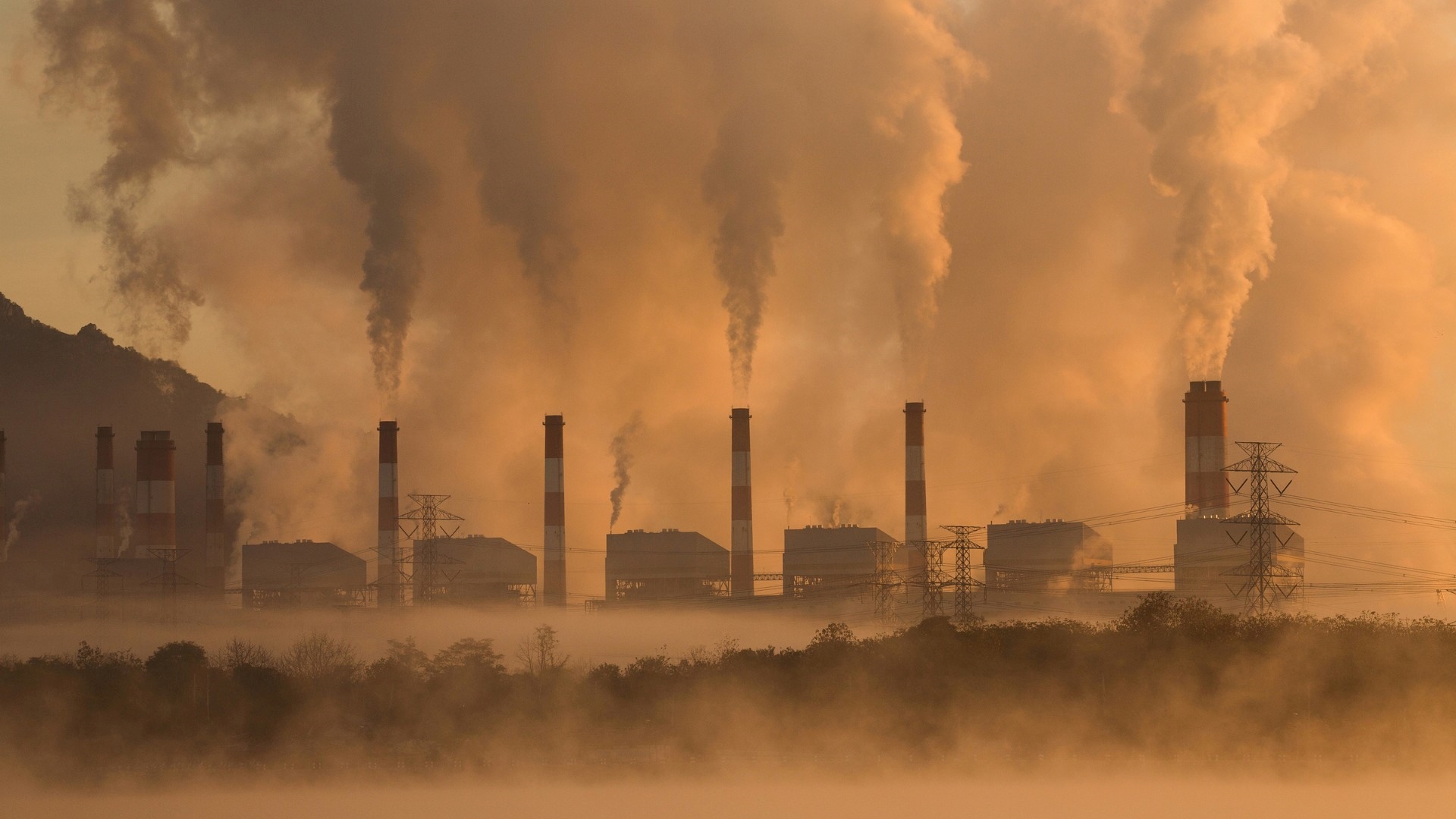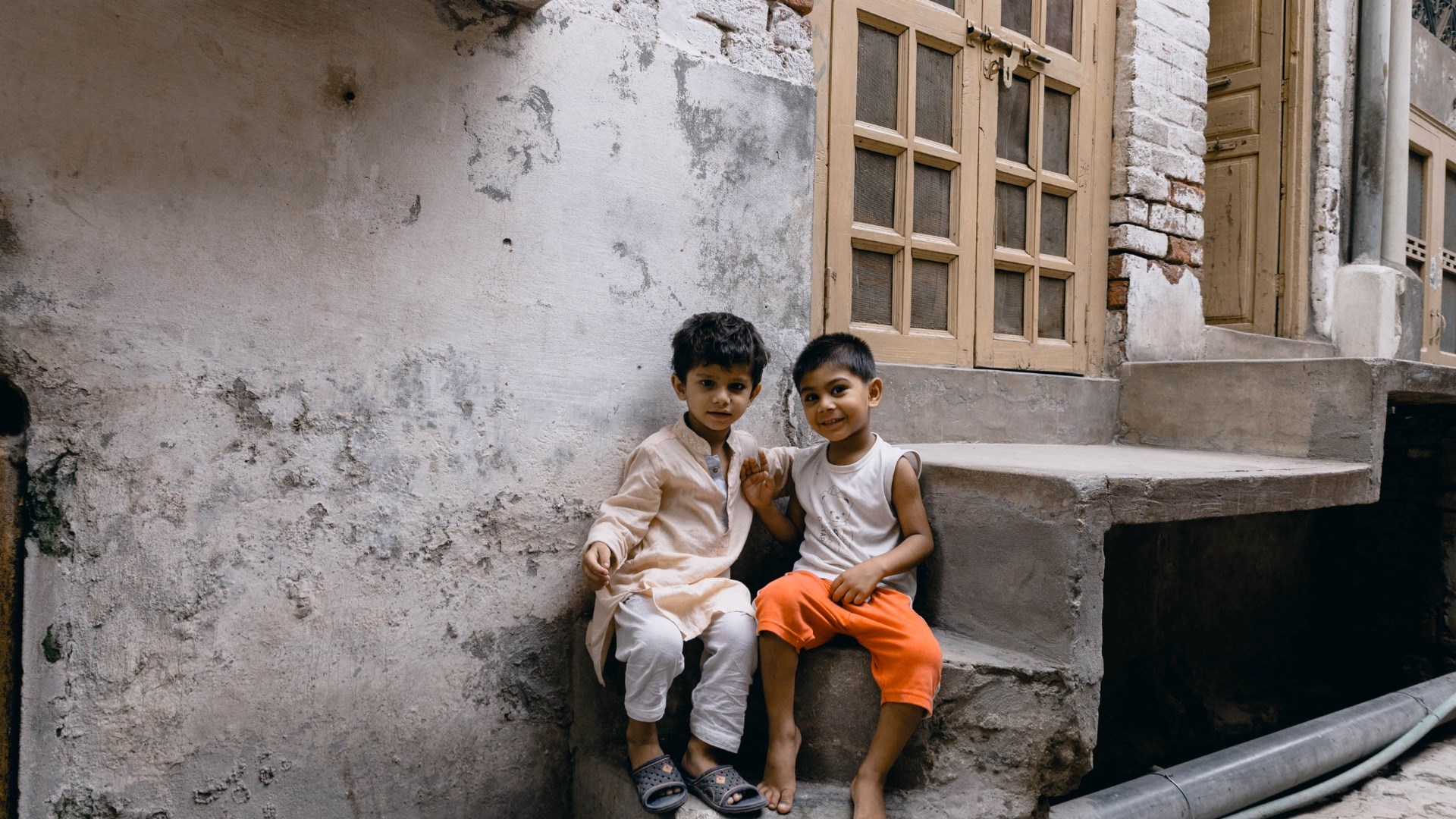Shortcomings of China’s Belt and Road Initiative
Can BRI’s economic trajectory truly thrive despite the ensuing ecological challenges?
What does it mean to be a developed nation? Does it mean that the ‘developed’ world has already achieved perfection, or reached the “End of History,” as Fukuyama would argue? Does it mean that ‘developing’ nations just need to catch up? When we put globalization and growth at the forefront and technological innovation on the backburner (look at how technology has largely stagnated since the 1970s), then negative environmental externalities associated with globalization will manifest.
For instance, if everyone in India were to consume energy the way Americans do, using only today’s technology, the environmental consequences of globalization would be astronomical. Globalization without new technology is simply unsustainable.
The Belt and Road Initiative (BRI) is an example of globalization lacking the fundamentals of technological advancement. As nations seek to foster economic development and enhance connectivity through implementation of the BRI, new climate implications emerge. For example, air pollution in China has been linked to 1.23 million premature deaths in 2010, and associated losses of around 12% of GDP. BRI projects are predicted to increase global warming by 3 degrees Celsius which could force over 100 million people in Asia into extreme poverty.
Globalization without new technology is simply unsustainable.
I use BRI’s China-Pakistan Economic Corridor (CPEC) as a case study to illustrate why Pakistan favors unsustainable energy practices despite the long-term effects of environmental degradation being antithetical to its economic endeavors.
What is BRI?
BRI was introduced by President Xi Jinping in 2013, signaling a radical shift in China’s foreign policy as they made a rather unprecedented leap towards globalization. BRI is a series of infrastructure investments that are being planned and executed in over 130 countries. These investments include transportation, communication, water, and energy projects.
BRI projects, such as CPEC, appeal to many developing countries in Asia and around the world in hope that new infrastructure would ultimately improve their arduous economic situations. Economists predict that by 2040, the BRI is estimated to boost global gross domestic product (GDP) by up to $7.1 trillion while reducing global trade costs by up to 2.2%.

However, the attractiveness of GDP growth often causes people and governments to ignore the environmental implications of these projects. BRI projects could pose detrimental impacts to ecosystems and biodiversity; many of the projects in South Asia have been described as some of the “riskiest environmental projects in history.”
The Asia-Pacific is already the world’s most natural disaster-prone region, and the quantity and intensity of these disasters are only increasing as economic initiatives take precedence over environmental preservation. In 2015, the Asia-Pacific had over 16,000 fatalities from natural disasters and incurred more than $45.1 billion in losses. The number of people displaced due to extreme weather events is estimated to reach 150 to 200 million by 2050 as BRI projects reach full scale.
Critical Analysis (How is China able to convince its clients to take on such projects?)
Since the early 2000s, China framed itself as a ‘green’ power by showing willingness to cooperate and take initiative on environmental projects. The EU-China Partnership on Climate Change and “Green Silk Road” are just two examples of this persuasive rhetoric. Xi Jinping claimed that the Green Silk Road, or Green BRI, would “uphold the concept of green development” by limiting carbon emissions, promoting sustainable lifestyles, strengthening ecological cooperation, and achieving the United Nations Sustainable Development Goals by 2030. By championing themselves as a climate hero, China gained international credibility to promote investment projects.
Assuming that ‘green’ growth under BRI was implemented properly, we would see the switch to renewable energies, decarbonization, and efficient use of natural resources. However, although these practices are more sustainable, the inherent characteristics of BRI and other global growth initiatives necessitate relentless production and exorbitant consumption. This raises the question of whether ‘green’ growth is truly sustainable or if it only just shifts the symptoms of environmental degradation to other sectors.
This raises the question of whether ‘green’ growth is truly sustainable or if it only just shifts the symptoms of environmental degradation to other sectors.
For instance, hydropower dams may replace coal power plants and reduce greenhouse gas emissions, but the ensuing extraction of critical raw materials, deforestation, habitat destruction, or flooding may create new environmental problems. The Batang Toru hydropower plant in Indonesia is an example of a BRI project that is being marketed as a sustainable energy investment. While the project will reduce some carbon emissions, the construction of this hydropower plant requires substantial deforestation that will disrupt the Batang Toru rainforest, threatening the existence of the world’s last 800 living Tapanuli orangutans.
The environmental impacts may also cause floods that can damage homes, farms, and water systems for locals. Deforestation can also lead to a larger cycle of environmental degradation such as agricultural runoff, contaminated water systems, species extinction, acid rain, and so on. The Chinese government frames these hydropower plants as being an integral component of a ‘Green BRI.’
Domestically, China has been investing in renewable energy to advance its ‘ecological civilization’ narrative while simultaneously increasing its capital inflow abroad from unsustainable projects in developing BRI countries. For example, China boasted its intention to eliminate coal use domestically to achieve the goal of carbon neutrality outlined in the Paris Peace Accords while simultaneously offloading its coal projects abroad.

Chinese banks finance over 70% of the world’s coal power plants, and fossil fuels comprise 80% of China’s overseas energy investments in BRI. Climate scientists predict that coal plants developed and utilized under BRI will increase global coal emissions by 43%, thus “making BRI countries account for 50% of the global emissions by 2050, up from 15% in 2015.”
Coal is not the only sector in which China outsources unsustainable energy projects abroad. Oil extraction through the Polar Silk Road and overproduction of cement are also contributing to BRI’s environmental consequences. China remains the biggest producer of concrete in the world at the cost of excessive sand digging and the destruction of coastlines and habitats. Since the introduction of BRI, China has closed many of its domestic cement plants under new domestic pollution guidelines while concurrently investing in hundreds of heavily polluting cement plants in BRI countries.
By promising to increase the GDP of BRI host countries, China is effectively fostering geoeconomic relationships and repositioning itself in important regional and global arenas, particularly in the South China Sea. It is a Catch-22 situation; first China outsources coal, cement, and oil plants in developing countries, then those countries become dependent on these energy sources, and finally, they face political and environmental instability.
The China-Pakistan Economic Corridor
Many South-Asian countries such as Pakistan are in dire need of infrastructure and economic development, and China is filling this demand through BRI. The World Bank asserted that BRI investments in developing countries will “drive significant growth… promote market competition, and create jobs.” However, due to the higher immediate costs of sustainable infrastructure, many developing countries opt to support pollution-heavy projects.
While these projects will undoubtedly usher in immediate improvements to the lives of many disadvantaged people, they will also bring many environmental implications that will cause more harm in the long term.
Pakistan has the second worst air quality in Asia, and it ranks as one of the largest consumers of nonrenewable energy in the region. Being one of the most energy-insecure countries in BRI, Pakistan is vulnerable to accepting Chinese economic coercions. Coal-powered energy comprises nearly 70% of all CPEC energy projects, and the Pakistani government justifies this unsustainable practice through claims that CPEC coal production will significantly boost the economy up to 4% of GDP per year.

Nonetheless, this GDP prediction does not reflect the severe environmental, economic, and social risks associated with heavy pollution. In addition to the significant environmental costs that will come from these projects, BRI critics suggest that the debt incurred by large BRI projects may also damage host countries’ economies, thus creating a greater cycle of financial inability to invest in more sustainable projects.
Pakistan has one of the highest stakes in environmental mitigation among all Asian countries. Pakistan’s topographic extremes explain its diverse climate; the Hindu-Kush and Kirthar mountain ranges direct the flow of the South Asian Monsoon (SAM) and winter westerlies, causing abundant rainfall in some parts of the country while leaving others exceptionally dry. Climate change related hazards only exacerbate these weather extremes; catastrophic droughts and floods trigger significant socio-economic losses, new health risks, biodiversity erasure, and increased energy consumption. (Studies have shown that for every 1-degree Celsius increase above 30 degrees, energy demand increases by 109.3 million KWh in Pakistan.)
While these projects will undoubtedly usher in immediate improvements to the lives of many disadvantaged people, they will also bring many environmental implications that will cause more harm in the long term.
As Greenhouse gas emissions increase and BRI projects further develop, some Pakistani cities are predicted to have periods of extreme heat lasting 60+ days. Rising temperatures will result in resource depletion, namely water supplies. Retreating glaciers will no longer sustain the Indus River that Pakistan relies so heavily on, and droughts will cause groundwater reserves to dry out. As a semi-arid country with a growing population, water availability is at the forefront of environmental challenges in Pakistan.
CPEC projects will also adversely affect public health. Since the establishment of CPEC in 2015, air pollution has lowered the average life expectancy in Pakistan by 2.7 years. Pakistan’s emissions of toxic pollutants have contaminated soil and plants; the Ministry of Environment of Pakistan explained that if the pollution continues at its current rate, then southeastern Pakistan wheat production will deteriorate dramatically.
BRI and Our Future
If BRI participant countries are genuinely after development, poverty reduction, and economic stability, they must consider the environmental perils of BRI. The monetary cost of climate action remains very high, especially in the most underdeveloped areas. However, the costs of climate inaction are becoming even higher. CPEC is a valuable means of analyzing BRI’s impact on the environment as Pakistan is already reaping the greatest consequences of unsustainable development.
The global response to BRI is also concerning.
The global response to BRI is also concerning. Western attempts to compete with China’s growth, such as the United States’ ‘Build Back Better World,’ are juvenile efforts to secure a higher position in the global hierarchy.
So, can BRI’s economic trajectory truly thrive despite the ensuing ecological challenges? I question if we can afford to find out.